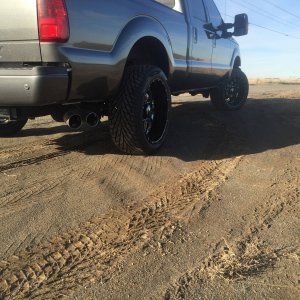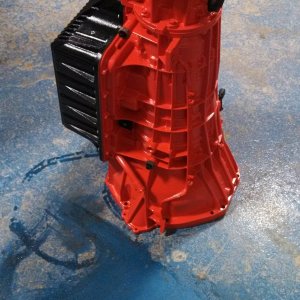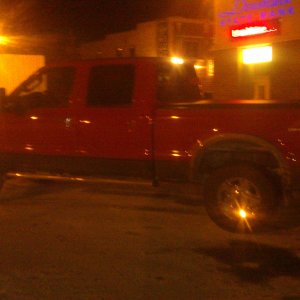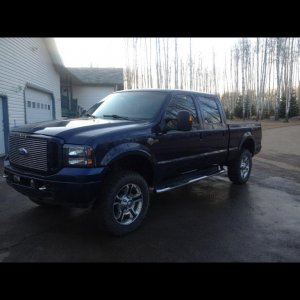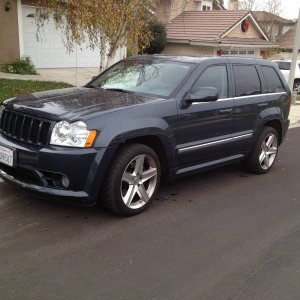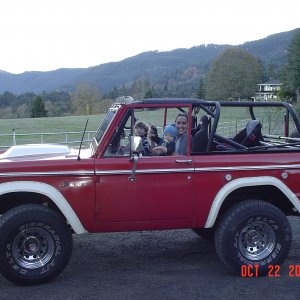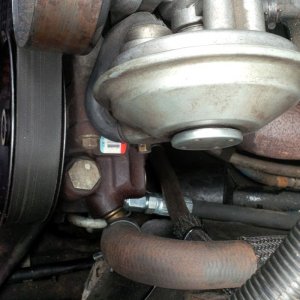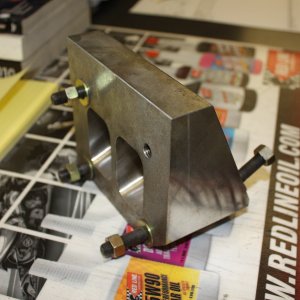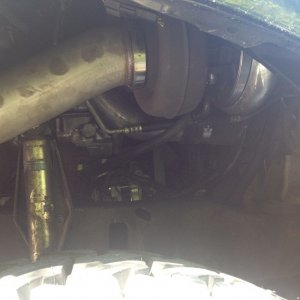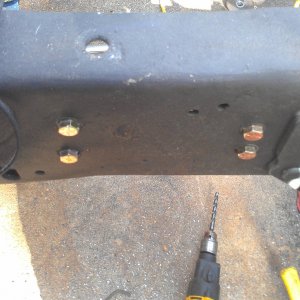ChattyCathy
Active member
- Joined
- May 18, 2011
- Messages
- 4,809
- Reaction score
- 0
So you payed credit, or cash, details...
Dyno values don't matter to you, and you think a truck running 28* of timing sounds like a bag of hammers...
My first post was dead on. You don't understand much, you just do what you're told, and pay someone else to tune it in such a way that 300cc's is the max the poor engine can take.
A stock bottom end will only hold 500hp if you treat it like sh*t too.
The golden gate bridge could only support a few thousand pounds without failure if dropped from space...
That doesn't mean the golden gate bridge can only support a few thousand pounds.
What weighs more in space the golden gate or yore corduroy pants?



